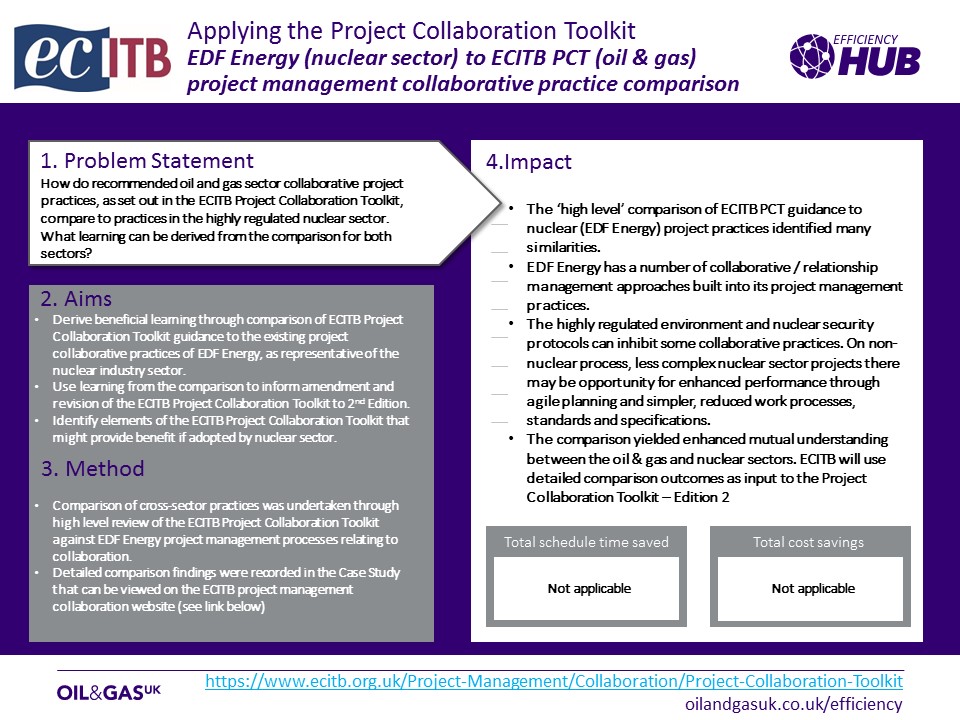RINA – Reducing Maintenance Spend through Risk Based Inspection
Problem Statement
Customer challenged to reduce plant OPEX without compromising safety and production efficiency. Currently spends $100k+ on critical system maintenance.
Aims
Implement Risk based inspection to reduce maintenance spend and ultimately reduce operating costs.
Method
Completed system assessment (materials, geometry, temp, flow, pressure etc).
Identified corrosion loops. Determined Probability and Consequence of Failure
Agreed risk classification with client
Updated recommended inspection frequency, location and technique
Impact
Reduced system maintenance cost by $46k annually
Validated engineering approach to industry standards to reduce risk (API 571/ 580)
Click on the image above to download the case study.















